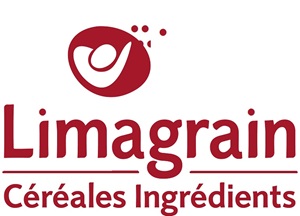The challenge
Reducing the incidence of chronic disease with healthier foods
Australian diets are largely lacking in resistant starch, which is known to improve digestive health, protect against the genetic damage that precedes bowel cancer and help combat Type 2 diabetes.
Resistant starch is a type of dietary fibre that feeds the 'good bacteria' that live in our large bowel. These bacteria are part of our microbiome. They can use resistant starch as food because it resists digestion in our small intestine and moves on to the large bowel.
The most popular source of dietary fibre is wheat, eaten by 30 per cent of the world's population, whether it's in bread, pizzas, pastas or tortillas.
Together with our partners, our goal has been to develop a wheat that can provide millions of people with a lot more fibre without having to change their eating habits.
Our response
Wheat with high levels of resistant starch
The research behind high-amylose wheat began in the 1990s.
In 2006, we teamed up with French company Limagrain Céréales Ingrédients and the Grains Research and Development Corporation to work on developing wheat varieties with a higher content of resistant starch. Together we spun out a company called Arista Cereal Technologies Pty Ltd[Link will open in a new window].
Our first breakthrough came when we identified two particular enzymes, that when reduced in wheat, increased the amylose content.
Breeding work then enabled CSIRO scientists to increase the amylose content of wheat grain from around 20 or 30 per cent to an unprecedented 85 per cent.
This was sufficient to increase the level of resistant starch to more than 20 per cent of total starch in the grain compared to less than one per cent in regular wheat.
High-amylose wheat was developed using a conventional breeding approach.
The results
High-amylose wheat: a healthier alternative
US-based, Bay State Milling Company[Link will open in a new window], was the first company to take this technology to the market in 2017. Their product, HealthSenseTM high fiber wheat flour is expected to be incorporated into a number of food products in America in coming years.
In Australia, Arista is partnering with a breeding company to develop high-amylose wheat varieties suitable for different growing regions. Discussions are underway with companies in Australia about developing a new product for local and possibly also Asian markets.

